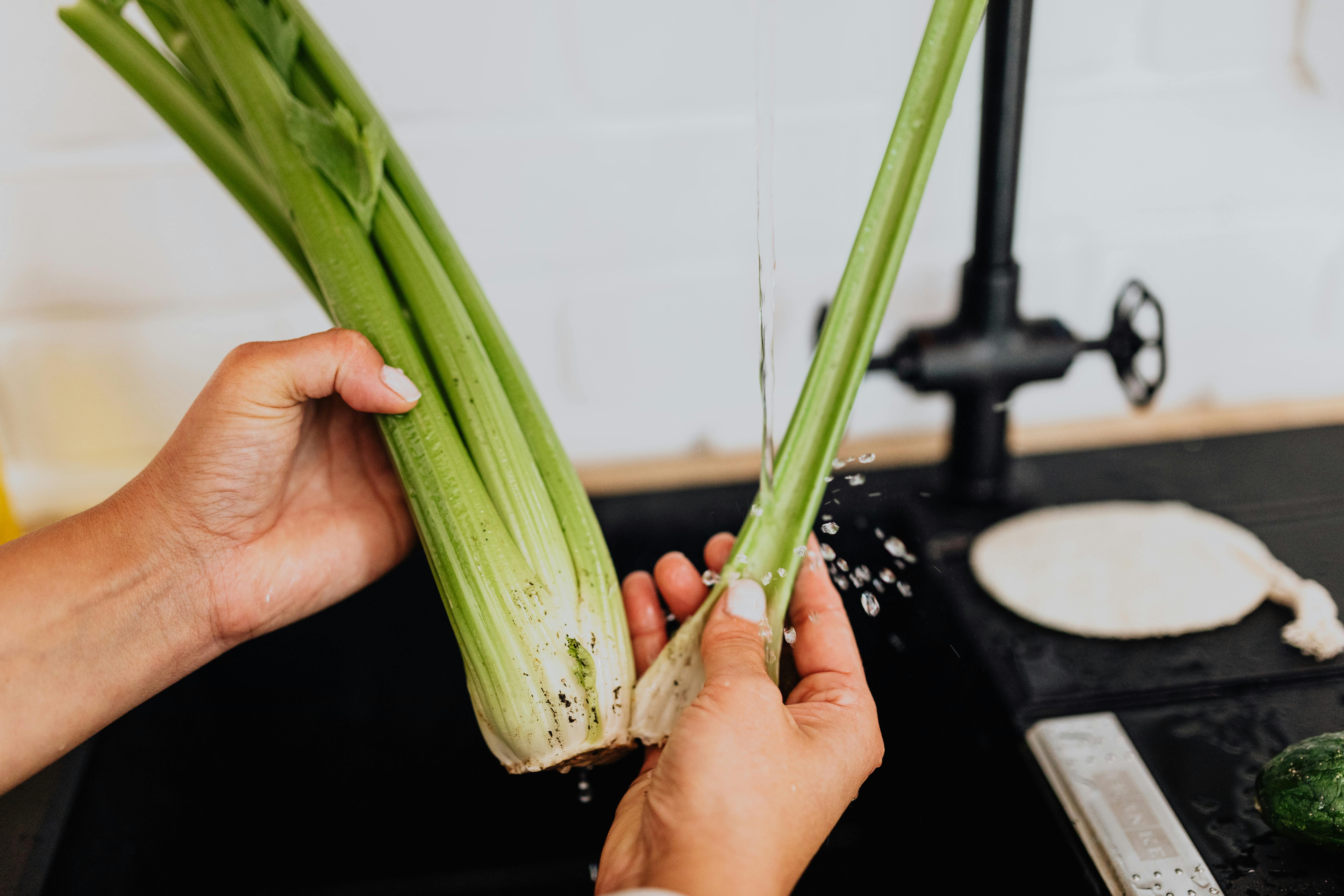Have you ever wondered where the muffin came from? They seem to have been around forever, in all sorts of sizes and flavors. However, the modern bun is actually a fairly recent development. Here’s a look at some fun facts about muffins that will give you something to chew on for breakfast.
history of muffins
Today’s muffins look a lot like cupcakes, but the early ones were much more like what we now call an English muffin. They were rolls or flat cakes without much sugar. Bakers began making them in the early 1700s, when the word was spelled moofin. Language historians think that the term comes from the Low German “muffe” or small cake, or from the Old French “moufflet” or soft bread. No matter how they got their names, muffins soon became very popular.
By the 19th century, these little round loaves had gotten much sweeter. Some of them still used yeast, but others were associated with baking soda. They were still round and flat; many were cooked on a griddle rather than in the oven. Most of the muffins were plain wheat or corn. They could be eaten with butter or jam and were usually relatively small.
Flavors and Function
Many new flavors were developed from the original plain muffin sometime in the 20th century. Vanilla, blueberry and other fruit flavors were extremely common. The bran muffin became popular when people realized the benefits of whole grains in the 1970s, while chocolate muffins developed as a dessert option. At the end of the 20th century, there were literally hundreds of options when it came to muffin varieties.
The way we eat muffins has also changed. Originally intended as a light snack or a side dish at dinner, these little baked goods became available for breakfast, dessert, and all sorts of other uses. Now, it’s not unusual to have a muffin for a late-night snack or even eat one for lunch.
The explosion of fat and sugar
Along with the expansion of the range of muffin flavors came an increase in the fat and sugar content of these baked goods. Retailers found that making a muffin more like a cake allowed their products to stay fresh longer. These buns were also more attractive to shoppers. Over time, they also grew quite large, from about 2 ounces to as much as half a pound in weight. That makes the modern muffin a potentially disastrous food for dieters.
Of course, these facts about muffins don’t apply to all baked goods. It is still possible to get a healthy bagel that tastes great and doesn’t harm your health. You just need to do a little research. Look for whole grain cereals, fresh fruit, and low sugar to find the best muffin for you.
